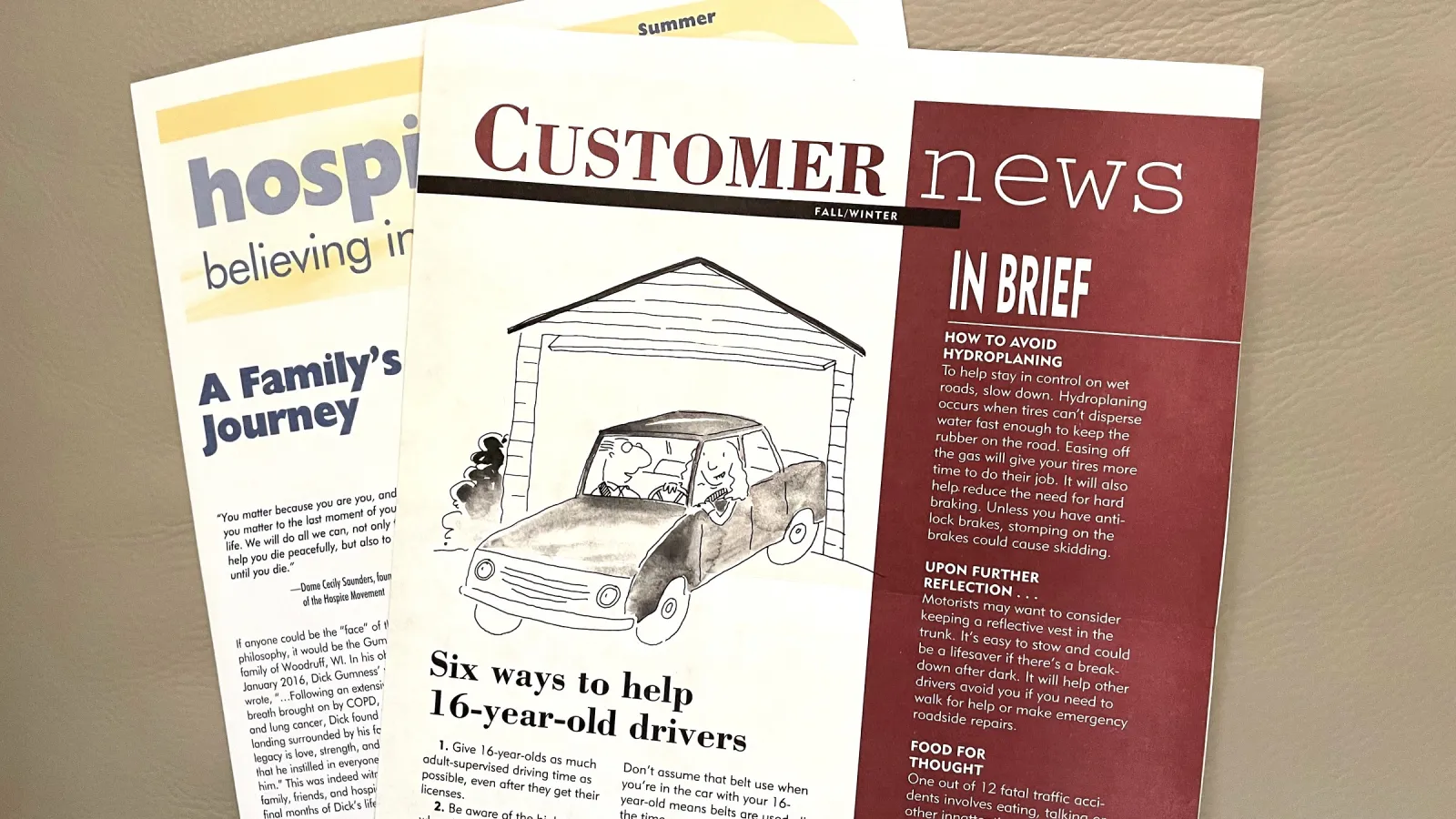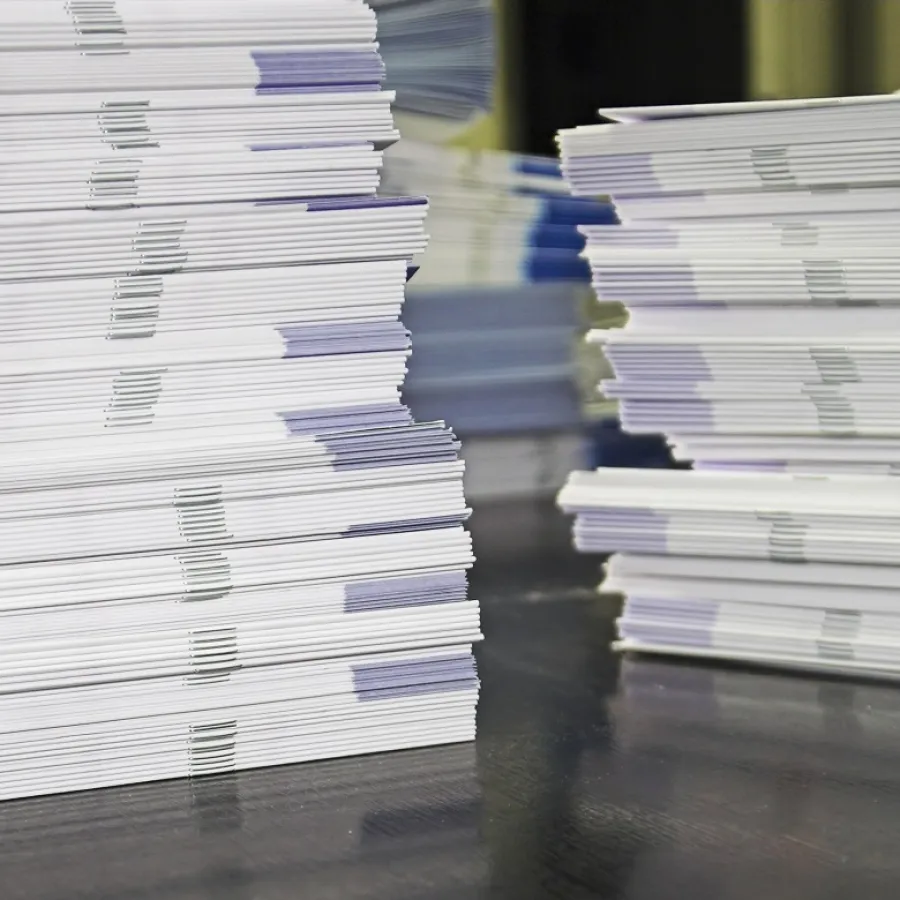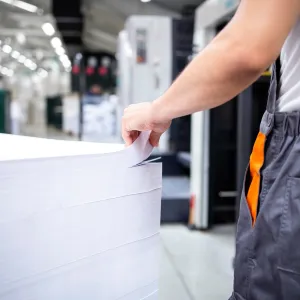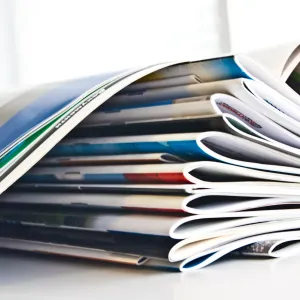
Newsletters

A Great Way to Stay In Regular Contact
Newsletters provide a way for businesses and organizations to stay in regular contact with select groups. The recipients of the newsletter might be customers, employees, subscribers, or members of a community. Sometimes referred to as a bulletin, a newsletter is used to share relevant information and insightful content with a targeted audience.
Newsletters that are printed and mailed have an advantage over those distributed in an electronic format. Because a printed newsletter exists in physical form and is delivered via the post office, there is a greater chance it will be seen and read compared to an emailed newsletter that can be easily overlooked in a crowded inbox.
Also, a printed newsletter is something the recipient can hold and feel, so it has a more intriguing presence than electronic media arriving as an email or PDF. Being tangible and concrete, a printed newsletter has a better chance of being kept and read. It cannot be flagged as spam or quickly deleted with a single keystroke. In addition, no special devices or actions are needed to view a printed newsletter. It can be read anywhere and at any time.

Who sends out a printed Newsletter?
Newsletters are used by businesses and organizations to share information and educate, as well as for enhancing brand awareness with current and prospective customers. Newsletters are also commonly sent to employees to convey corporate news and announcements.
In addition, newsletters are frequently used by public institutions - such as school districts, utility companies, and government offices - to share current events, updates, tips, and other newsworthy topics. Societies and clubs also send out periodic newsletters to keep members abreast of important issues and upcoming events.
To maintain consistency and increase effectiveness, newsletters are generally published on a regular basis. For example, newsletters might be sent monthly, quarterly, semi-annually, or annually. Though the content should be interesting and informative, most newsletters have a simple format and are kept relatively brief. The typical length ranges from two to eight pages.
Because of their brevity, most newsletters can be designed as a self-mailer. Folding the newsletter and securing it with wafer tabs eliminates the need for an outer envelope as well as the process of insertion. The indicia (proof of pre-paid postage) and the mailing address are printed directly on each folded newsletter. Any color combination can be used as well as any paper stock, though heavy-weight papers are usually avoided to keep the postage cost to a minimum.
Print Knowledge Center
Concepts, definitions, and advice to supplement your printing knowledge.

The Benefits of PUR Binding
Read This Article

What is C1S Paper and C2S Paper?
Read This Article

What is the Best Page Count for Saddle Stitch Binding?
Read This Article

Map Printing: Which Format is Better Suited for Your Project?
Read This Article